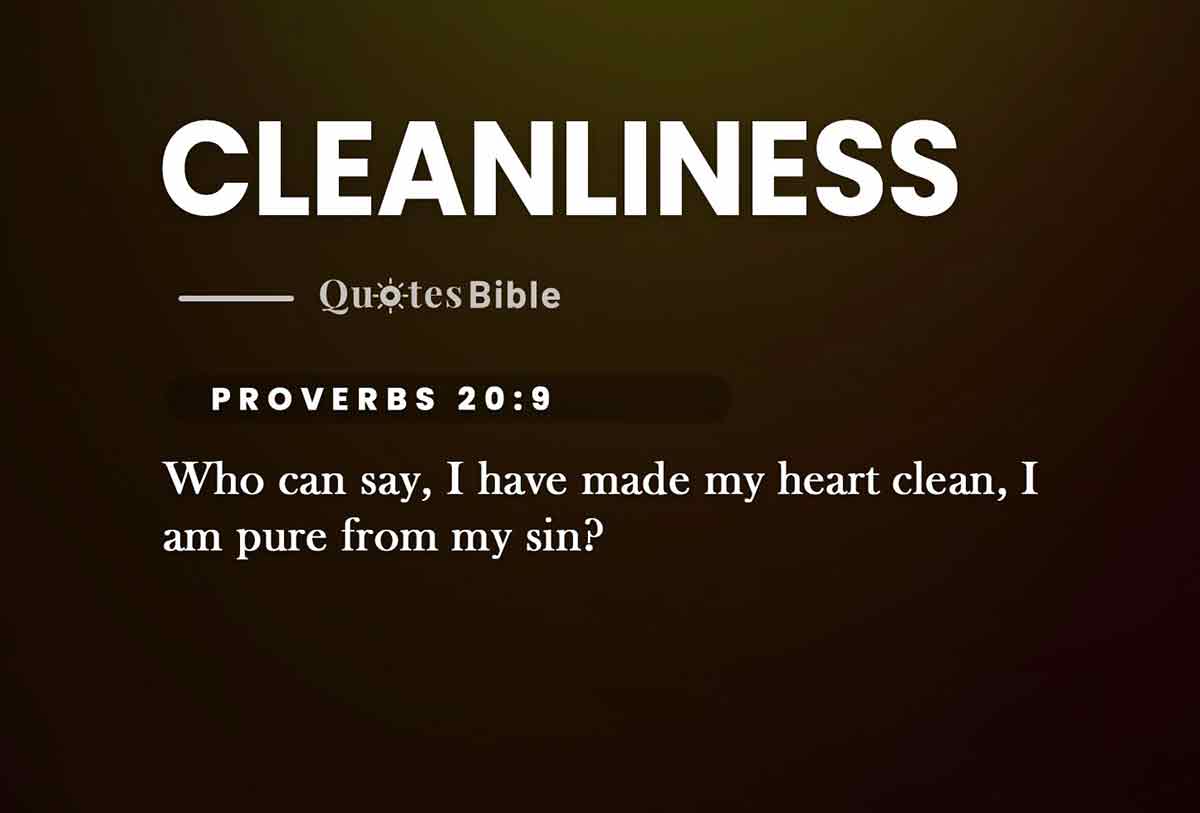Poetry From The Renaissance
The Renaissance, a time of profound cultural and artistic transformation in Europe, marked a significant shift in the way poetry was perceived and composed. The period, spanning from the 14th to the 17th century, saw a resurgence of interest in classical Greek and Roman literature, which heavily influenced the style and themes of Renaissance poetry. This era was characterized by an explosion of creative genius, with poets such as Petrarch, Boccaccio, and Ariosto in Italy, and later, John Donne, John Milton, and William Shakespeare in England, who not only reflected the intellectual and aesthetic values of their time but also helped shape the literary landscape for centuries to come.
One of the defining features of Renaissance poetry is its engagement with classical forms and themes, yet with a distinctly modern sensibility. Poets of this era were deeply concerned with expressing the human condition, exploring themes of love, nature, morality, and the nature of reality. Petrarch’s sonnets, for example, epitomized the Renaissance ideal of beauty and harmony, capturing the longing for a lost love and the transience of human life. His work not only influenced the development of the sonnet form but also inspired a generation of poets across Europe to explore the expressive potential of lyric poetry.
The Renaissance also saw a flourishing of poetic innovation, particularly in the realm of language and form. The sonnet, with its strict rhyme scheme and volta (turn), became a popular vehicle for poetic expression, allowing poets to explore complex ideas and emotions within a tightly structured framework. William Shakespeare’s sonnets, with their astonishing versatility and depth, remain one of the greatest achievements of Renaissance poetry, showcasing the poet’s mastery of form, language, and emotional nuance. Shakespeare’s innovative use of language, including his exploitation of metaphor, wordplay, and dramatic dialogue, pushed the boundaries of poetic expression and continues to influence poets and writers to this day.
Beyond the sonnet, other poetic forms flourished during the Renaissance, reflecting the era’s fascination with musicality, elegance, and rhetorical flourish. The pastoral, for instance, allowed poets to explore the relationship between nature and human experience, often employing allegory and symbolism to convey moral and philosophical insights. Edmund Spenser’s “The Faerie Queene” stands as a monumental work of Renaissance poetry, blending elements of epic, romance, and allegory in a sweeping narrative that embodies the ideals of chivalry, honor, and virtue.
The Renaissance was also a time of profound philosophical and scientific change, with the discoveries of Copernicus, Galileo, and Newton challenging traditional views of the universe and humanity’s place within it. Poets responded to these developments by exploring themes of doubt, uncertainty, and the search for truth. John Donne’s metaphysical poetry, with its intricate argumentation, paradoxical reasoning, and vivid imagery, encapsulates the intellectual ferment of the era, probing the mysteries of existence, death, and the nature of God.
The impact of Renaissance poetry extends far beyond the historical period itself, influencing literary movements and poetic forms for centuries to come. The Romantic poets, for example, looked back to the Renaissance as a source of inspiration, valuing the emphasis on emotion, imagination, and the beauty of nature. Similarly, modern and contemporary poets continue to draw upon the technical mastery, thematic richness, and expressive power of Renaissance poetry, adapting its forms and ideals to the challenges and complexities of the modern world.
In conclusion, the poetry of the Renaissance represents a pinnacle of artistic achievement, characterized by its mastery of form, its depth of feeling, and its profound exploration of the human condition. The works of poets such as Petrarch, Shakespeare, and Donne not only reflect the values and aspirations of their time but continue to inspire, challenge, and delight readers today, their poetry remaining a testament to the enduring power of art to express the complexities and wonders of human experience.
FAQ Section
What are the key features of Renaissance poetry?
+Renaissance poetry is characterized by its use of classical forms, exploration of themes such as love, nature, and morality, and a focus on expressing the human condition. It also saw innovations in language and form, particularly with the sonnet, and reflected the intellectual and aesthetic values of the time.
Who were some of the most influential poets of the Renaissance?
+Poets such as Petrarch, Boccaccio, Ariosto, John Donne, John Milton, and William Shakespeare were among the most influential of the Renaissance. Their works not only defined the literary landscape of their time but continue to influence poetry and literature to this day.
How did the Renaissance impact the development of poetry?
+The Renaissance had a profound impact on the development of poetry, introducing classical forms and themes, innovating in language and structure, and exploring the human condition in depth. Its influence can be seen in subsequent literary movements, including Romanticism and modern poetry.
What is the significance of the sonnet in Renaissance poetry?
+The sonnet, particularly as mastered by William Shakespeare, became a quintessential form of Renaissance poetry. It allowed for the exploration of complex emotions and ideas within a structured framework, showcasing the poet’s skill and artistry. The sonnet’s influence extends beyond the Renaissance, with its forms and themes continuing to inspire poets.
How does Renaissance poetry reflect the broader cultural and intellectual changes of the time?
+Renaissance poetry reflects the era’s fascination with classical learning, its philosophical and scientific discoveries, and its evolving views on nature, humanism, and the role of the individual in society. Poets engaged with these changes, using their work to explore, question, and reflect upon the transformations occurring around them.
Why does Renaissance poetry remain relevant today?
+Renaissance poetry remains relevant due to its timeless exploration of the human condition, its technical mastery, and its influence on subsequent literary movements. The themes, forms, and expressive power of Renaissance poetry continue to inspire new generations of poets, writers, and readers, offering insights into both the past and the present.



